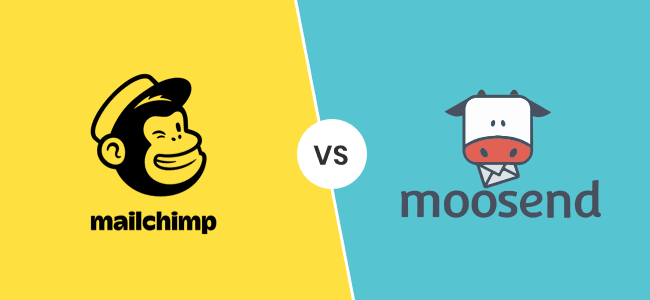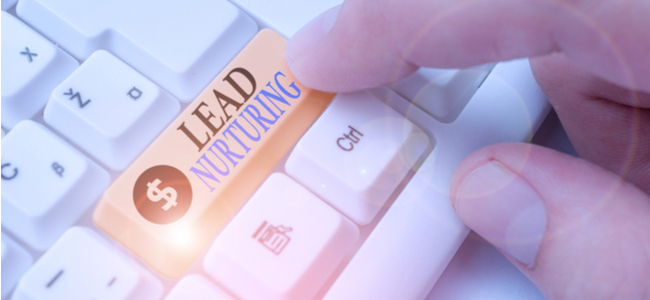Subliminal Advertising In Email Marketing

Written By Jason Rowse - Digital Marketing Expert Updated: 09/05/2021 |
Email represents a powerful method of marketing today due to high opening rates and the fact that over 90% of people check their emails daily. This tool is even more refined nowadays as readers have to opt in to receiving them in the first place.
Using the right words, images, and videos as well as various styles and designs is key to a successful campaign. However, it’s more complicated than that. We only have a few seconds to grab a reader’s attention, followed by a few minutes to get the message across. This is where subliminal advertising can help.
What Is Subliminal Advertising?
According to Oxford, this term is defined as “the use by advertisers of images and sounds to influence consumers' responses without their being conscious of it.”
This powerful method is especially effective when it comes to email marketing, seeing as this is a personal mode of communication, as opposed to a billboard for example.
A personal channel of communication, with a targeted audience, creates many more opportunities for placement of effective hidden messages in campaigns.
Three Powerful Methods
There are three powerful methods of applying subliminal messaging to your email marketing campaign.
Imagery
When it comes to hidden messages in campaigns, images are the most effective tool of all. This is due to the fact that an image has room for interpretation, much more so than words, and it’s easier to evoke emotion and activate someone’s imagination than with other methods.
Here are some examples:
- Lifestyle Images - Choosing images that show your product or service being used could bring your audience to think of how they would use the product themselves. From that point, a purchase is more likely to occur when compared to an image of an isolated product, with no reference to how it would be used by people.
https://www.pinterest.co.uk/pin/630926229022820945/

https://sgroles.weebly.com/toys-r-us-ads.html

- Fantasy-Based Images - Sometimes the images we choose shouldn’t be realistic at all. They should be fantastical, hacking into the readers’ inner imagination, thought process, and wants. Images that are able to visually convey deep-seated thoughts can make readers relate to your campaign and want to reciprocate. As an added bonus, due to the unusual nature of these images, they grab attention more than other images.
https://www.nutritiondietfacts.com/how-to-nutritionally-depict-your-risk-to-lifestyle-diseases/

http://www.olsenmark.com/media/

- Nostalgic Images -The use of nostalgia in marketing attempts to tap into old memories and familiar feelings in order to evoke emotion. Nostalgia marketing works so well as it generates positive emotions from memories that are already there, and based on the fact that people tend to perceive the past through a romantic lens.
https://www.the-tls.co.uk/articles/look-back-with-danger/

Call To Action (CTA)
There are many ways you can ask your readers to take action. Using phrases like “read more” or “buy now” could work, but they don’t go the extra mile. Here are some examples:
“Find Your Solution” versus “Learn More” gained a 77% increase in engagement following various marketing experiments. Likewise, “Subscribe & Save” generated 181% more clicks than a simple “View Subscription Options”, and “See How Sermo Works” brought about an increase of 104% when compared to the classic “Get Started”.
Making your CTA exciting and inviting, based on the understanding of psychological processes could truly make all the difference.
One tip is to stay away from generic CTAs, and try to make them as original, warm, and endearing as possible.
https://www.campaignmonitor.com/resources/guides/10-tips-improve-email-calls-action/

Don't Forget A/B Testing
A/B testing refers to carrying out a split test to see how your audience will respond to various versions of your campaign. In this type of testing, you create two variations of a campaign and send them to a small percentage of your audience. Half will receive version A, while the other will receive version B.
Due to the nuances in subliminal marketing that can get people to engage rapidly, there are often significant differences between the feedback we get for each version. If version A was the better version based on your audience’s feedback (such as number of clicks), then we will choose to send this one to the rest of the audience. When it comes to subliminal messaging, we recommend creating variations in the following elements for A/B testing:
- Colors - Try light colors versus dark colors, or a plain email versus a colorful one.
- Design - Experiment with various templates, as well as placement of buttons and other elements.
- Layout - Tables, text boxes, bullet points, changing order of elements.
- Images - Try using lifestyle versus nostalgic images for example, or variations of the same image type.
- Content structure - Break the content down in various ways to test which version works best.
- Call to action - Experiment with various phrasings and placements.
- Button sizes - Sometimes a wide button works better than a long slim one - test them both out.
- Length of email - Test various lengths to find out which one is optimal.
Bottom Line
Subliminal marketing is not a set of rules, but an art. Any email that sparks the imagination, catches the eye or creates positive emotions are likely to be successful.
A useful tip is to place yourself in your audience’s shoes. Typically, from this perspective, you will be able to come up with more creative ideas than when you’re planning your campaign in a disconnected fashion.
A good place to start is past emails, to practice incorporating the powerful principles described in this article.




